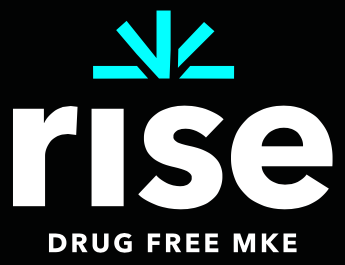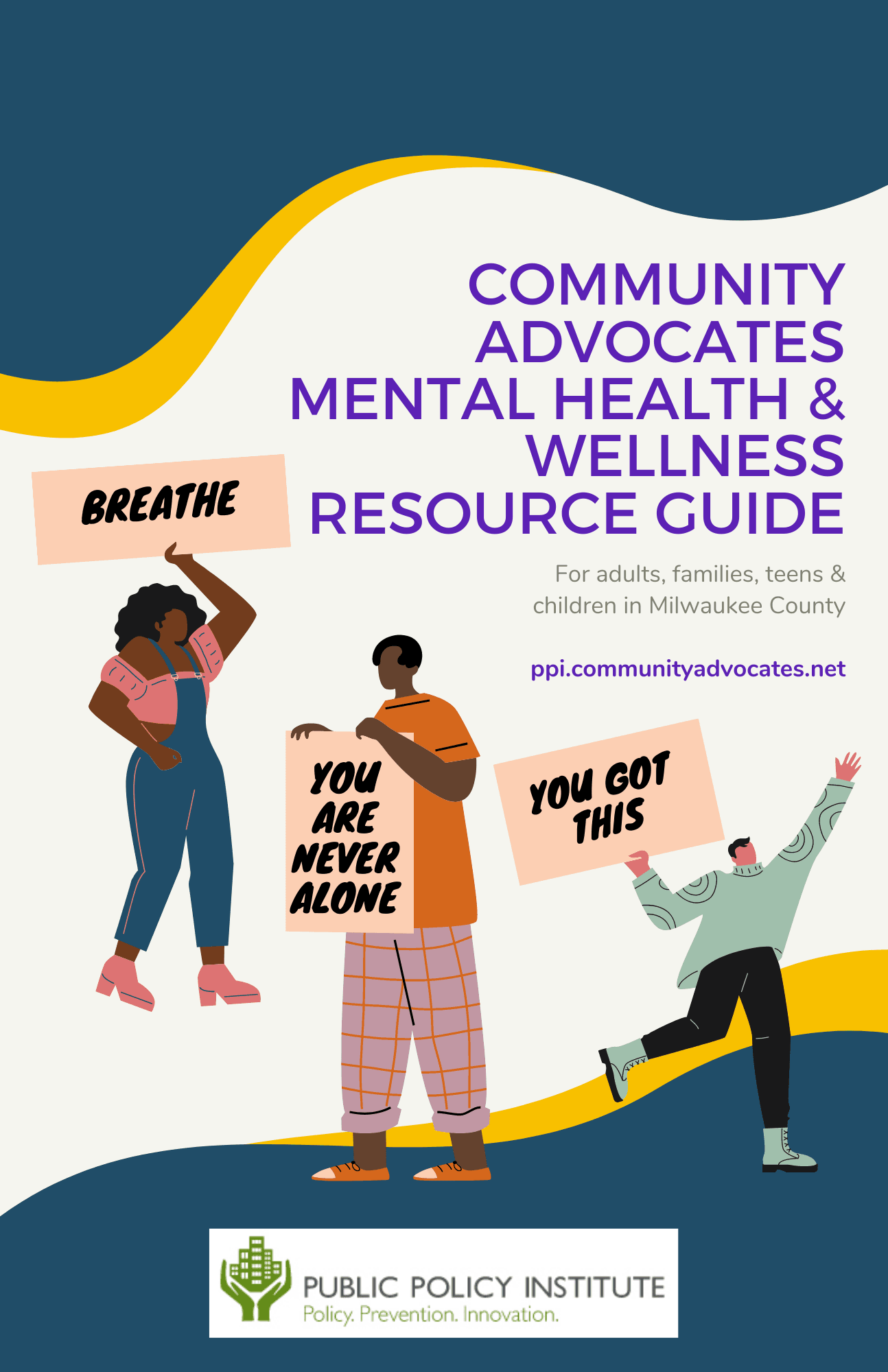
While vaping may have a reputation as being a more benign form of tobacco usage, this belief is the result of clever marketing deliberately designed to blur the line between vaping as a harm reduction tool and as a harmless means of tobacco consumption. While commercial tobacco companies have long promoted the narrative that vaping is a safer and cleaner alternative to other forms of tobacco use, the reality is that vaping is still a dangerous activity that causes serious and often irreversible damage. Learn more about the facts around vaping and learn what you can do to quit.
History of vaping as a form of harm reduction
The science behind vaping and e-cig use initially looked promising: When compared to cigarettes, e-cigarettes seemed to be a healthier alternative with fewer harmful chemicals and fewer risks. Many public officials initially hailed them as form of harm reduction for smokers, declaring them to be safer than traditional cigarettes. This belief was based on the fact that harmful elements found in traditional cigarettes, such as tar and cadmium, were not found in e-cigarettes
But while some addiction experts initially believed e-cigarettes to be safer than traditional cigarettes, it soon became apparent they had their own hazards. While a great tool for harm reduction, it soon became apparent that vaping shouldn’t be viewed as a safe alternative to more traditional forms of tobacco use. The reality is that e-cigarettes still contain many of the same harmful chemicals found in combustible cigarettes, including formaldehyde, acetaldehyde, and acrolein (which, once inhaled, stays in the nasal cavity and respiratory tract for life). Furthermore, vapes greatly overpower traditional cigarettes when it comes to nicotine content, with one 20mg/ml vape containing the same amount of nicotine as twenty cigarettes , leading to even greater chances of addiction.
The science is clear: vaping is still a form of smoking and should be recognized as an inherently dangerous activity.
A new generation of addiction
Both Millennials and Gen Z-ers are far less likely to use combustible cigarettes than their Baby Boomer and Gen X peers , with 94.7% of Gen Z-ers and 84.7% of millennials reporting they don’t smoke cigarettes. Experts once hailed Gen Z as the first generation to be non-smoking, with many predicting it would be the first truly smoke free generation. But with the advent of e-cigarettes and their use among teens and young adults in the 2010s and 2020s, the promise of a smoke free generation has yet to be realized.
While it’s true that young adults today are less likely to use combustible cigarettes, the rise of vaping has public health experts alarmed. Vaping is the most common form of commercial tobacco use for Gen Z, and many users report using e-cigs over combustible cigarettes because they perceive the devices as both cleaner and safer. Others report they enjoy the flavors, which they perceive as more pleasant than other tobacco products.
For the overall majority of young tobacco users, the first product they try is flavored. Flavors such as Cotton Candy or Pina Colada can lead vape users to feel that vaping is both fun and sophisticated and can lead to viewing other tobacco products more positively, increasing the odds of using them.
If a person does not start consuming tobacco products before the age of twenty-five, their risk of ever becoming dependent on tobacco is almost non-existent. Meanwhile, the more vulnerable adolescent and young adult brain is still developing and thus, at a much higher risk of becoming substance dependent. Tobacco companies know this and make a point of targeting both teens and young adults, with some companies having been caught deliberately marketing to minors. The reality is that the majority of youth that smoke will continue to do so as adults, helping to maintain profits for these companies at the expense of young people’s health and safety.
Irreversible damage
Vaping can and does cause irreversible damage to the human body. For example, Diacetyl, an artificial flavoring used for some types of vapes, causes permanent scarring to the respiratory tract if inhaled. Furthermore, vaping is known to increase the severity of many common mental health disorders, including anxiety and depression.
In addition to being linked to worse outcomes for mood disorders, vaping in teenagers and young adults is also linked to other high risk behaviors, including texting while driving, driving while intoxicated, and misuse of painkillers. Vaping is often a means for many teens and young adults to feel relief from stress, anxiety, and depression but vaping often only increases the severity of symptoms over time.
How to quit
If you want to quit vaping, help is available. A number of resources are available to help vape users on their journey to a smoke free life.
· Starting January 1, and for a limited time, the Wisconsin Tobacco Quit Line is here to help with up to eight weeks of free medications—four times the usual meds!”
· If you’re an adult who wants to quit vaping, you can text QUIT to 47848 to join a free text support program that lasts 6-8 weeks.
· Likewise, teenagers ages 13-17 can text QUIT to 47848 or sign up here
· Join EX to get a free support plan and engage with a supportive community of others trying to do the same.
· Both teens and young adults can also text DITCHVAPE to 88709 to get free, non judgmental and confidential advice on quitting
If you’re the parent or guardian of a child who vapes, you may be wondering how you can best your support your child as they try to quit. You can text QUIT to 847-278-9715 to learn more about what to expect during this time
Quitting vaping may be tough. But it is possible. You don’t have to do it all at once and for many, quitting is a journey that is best taken one step at a time. To learn more about living a life free of tobacco, visit https://risedrugfreemke.org.


